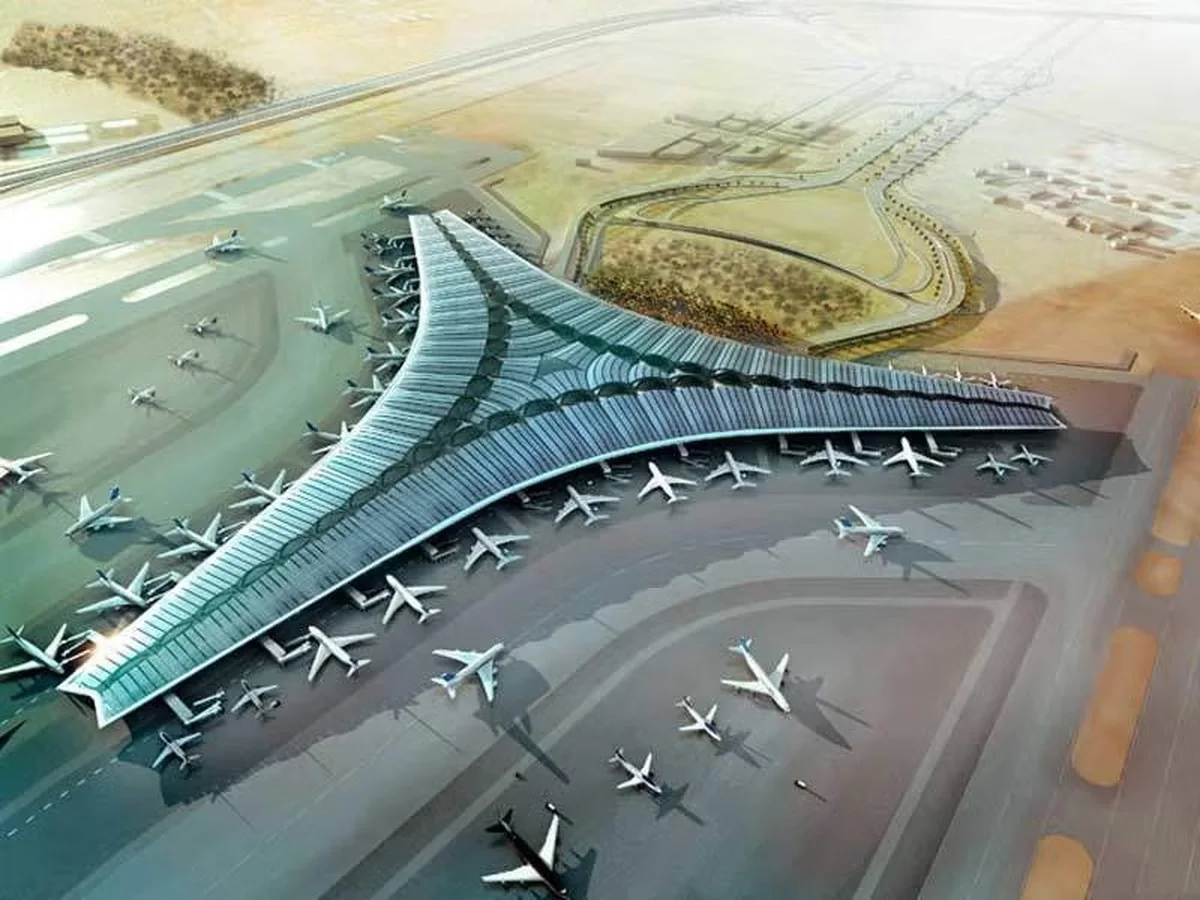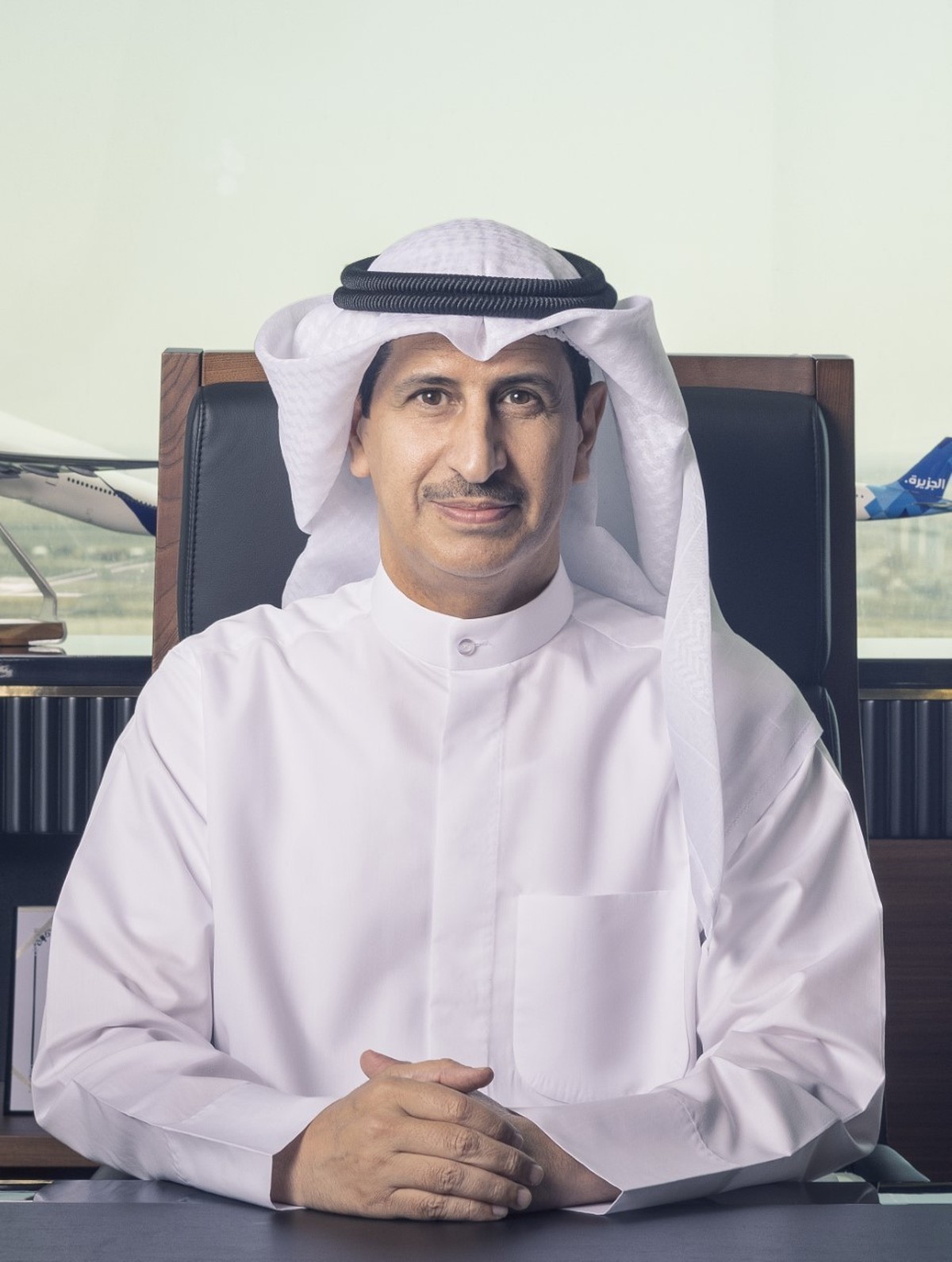14/10/2025
14/10/2025

KUWAIT CITY, Oct. 14: Kuwait’s aviation sector is set to enter a new era of operational efficiency and regional prominence with the official opening of a third runway and a new state-of-the-art air traffic control tower at Kuwait International Airport on October 30, a senior aviation official announced Tuesday.
Eng. Saad Al-Otaibi, Deputy Director General for Planning and Projects at the Directorate General of Civil Aviation (DGCA), told Kuwait News Agency (KUNA) that the upcoming launch of these two major infrastructure projects will significantly enhance aviation safety, increase capacity, and support Kuwait’s ambition to become a regional hub for air traffic and logistics services.
“The third runway and the new control tower represent a qualitative leap in the country’s air transport system,” Al-Otaibi said, adding that the developments are part of a broader, four-pillar strategy to modernize the airport’s infrastructure, elevate service levels for travelers, increase public revenues through private sector participation, and train national cadres to manage operations in line with international aviation standards.
The third runway — one of the world’s longest at 4.58 kilometers — is expected to increase aircraft takeoff and landing capacity while raising air traffic safety standards. According to Al-Otaibi, it is among the most significant infrastructure projects undertaken in Kuwait’s aviation sector and is designed to handle current and future demand.
Complementing the new runway is a cutting-edge control tower outfitted with the latest navigational systems. Capable of managing more than 600,000 takeoff and landing movements annually, the tower is expected to streamline air traffic management and contribute to enhanced safety and state revenues.
Al-Otaibi praised the support of Civil Aviation President Sheikh Humoud Mubarak Al-Humoud Al-Sabah and Acting Director General Duaij Al-Otaibi for their leadership, as well as the collaborative efforts of all DGCA departments involved in delivering these projects on schedule.
He emphasized that these developments are in line with Kuwait’s national vision for air transport and have the backing of the country’s political leadership. Once operational, the projects are projected to create more than 20,000 job opportunities for Kuwaiti nationals across a range of specialties, including airport operations, air navigation, and ground services.
To prepare the next generation of aviation professionals, the DGCA has launched the "Future Leaders Program," aimed at training and empowering Kuwaiti youth to lead this vital sector into the future.

Al-Otaibi also highlighted the importance of private sector participation in managing commercial operations at the airport — such as duty-free shops, hotels, and lounges — noting that the 2018 launch of Terminal 4 (T4) under international management was a model of success that elevated service quality and improved the skills of national staff.
On the much-anticipated Terminal 2 (T2), Al-Otaibi described it as the largest and most ambitious project in the history of Kuwait International Airport. Currently under the supervision of the Ministry of Public Works, T2 is being hailed as a future architectural and operational landmark that will elevate Kuwait’s standing in global aviation.
He commended Minister of Public Works Dr. Noura Al-Mashaan and her team for their efforts in accelerating the terminal's completion through close coordination with relevant agencies. Upon completion, T2 is expected to match the scale and sophistication of the world’s leading international airports.
Al-Otaibi also addressed recent regulatory developments, calling the new Civil Aviation Authority Law a transformative step toward improving sector governance. Aligned with International Civil Aviation Organization (ICAO) standards, the law establishes a clear separation between regulatory oversight and operational tasks, ensuring transparency and enhancing service efficiency.
Reflecting the tangible results of these efforts, Al-Otaibi noted that Kuwait International Airport recently passed the ICAO’s comprehensive security audit with a high score of 88 percent — a benchmark that exceeds international standards and underscores Kuwait’s commitment to aviation safety, innovation, and continuous improvement.


